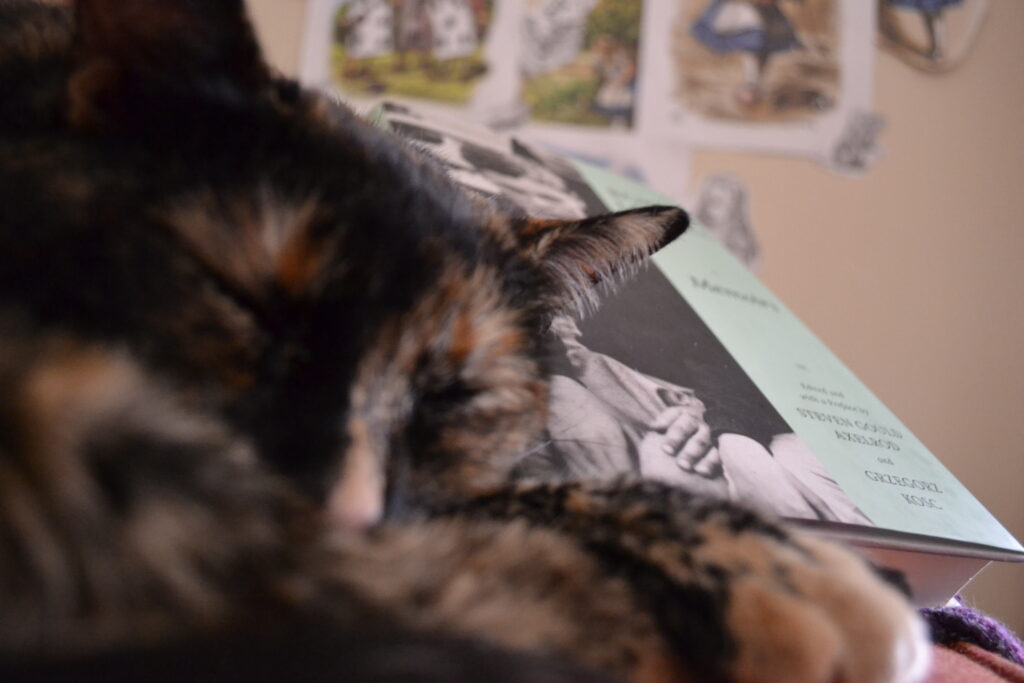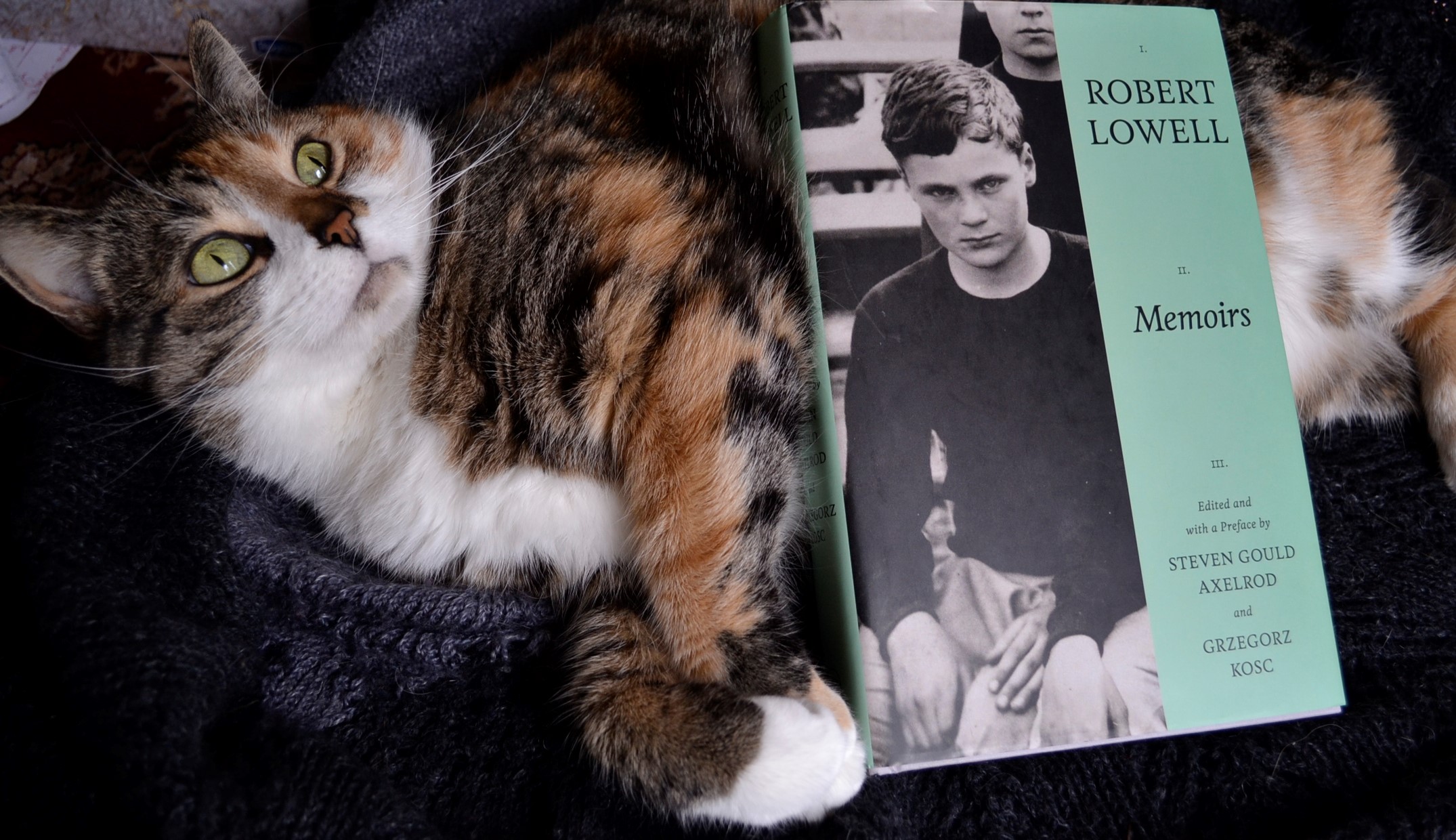Nostalgia via The National Film Board
We recently went to our little local independent cinema to enjoy a free screening of Strange Brew (1983) for National Canadian Film Day. As I’ve said before, I love SCTV and it was amazing to see Doug and Bob Mackenzie on the big screen saving Oktoberfest. The night ended with a bonus screening of the National Film Board’s ‘The Log Driver’s Waltz’ which aired extensively on CBC during my childhood and was first premiered in 1979.
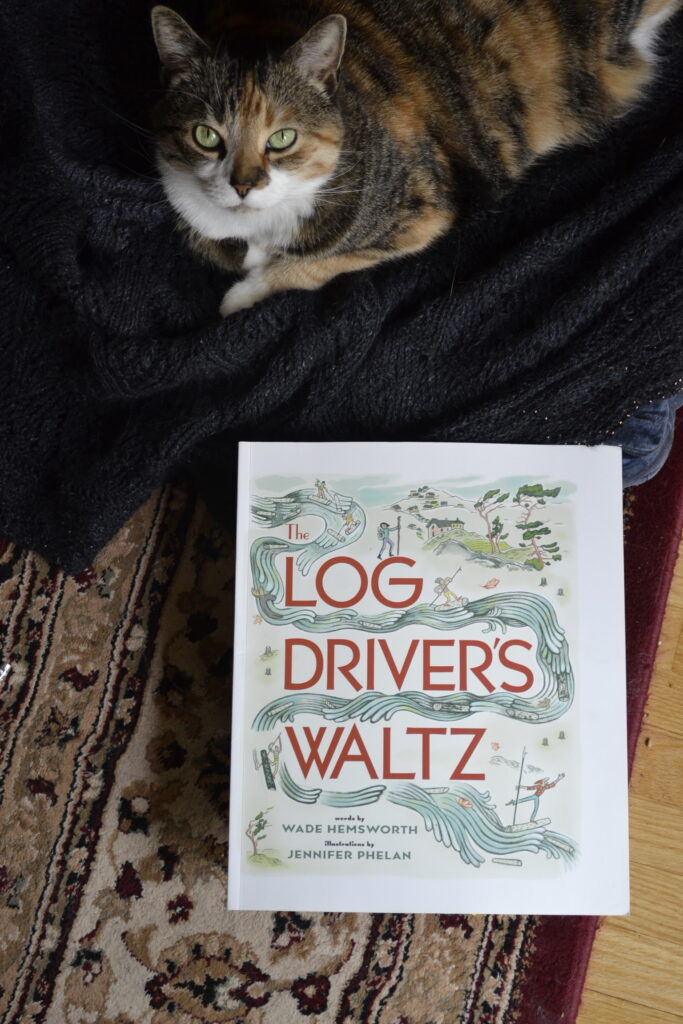
When we got home, I immediately looked up the NFB’s ‘Blackfly Song’ from around the same time. Both songs were written by Wade Hemsworth, and their sound threads its way through my Canadian summers past and present. I was overjoyed when, on this week’s trip to the local independent bookstore, my lovely spouse bought me a re-packaging of the waltz for the younger generation via a beautifully illustrated children’s book. We’ll be singing both songs constantly for the next few weeks at least. If you ever want to go back and re-discover your own set of NFB gems, you can find most of them on the NFB’s Youtube channel.
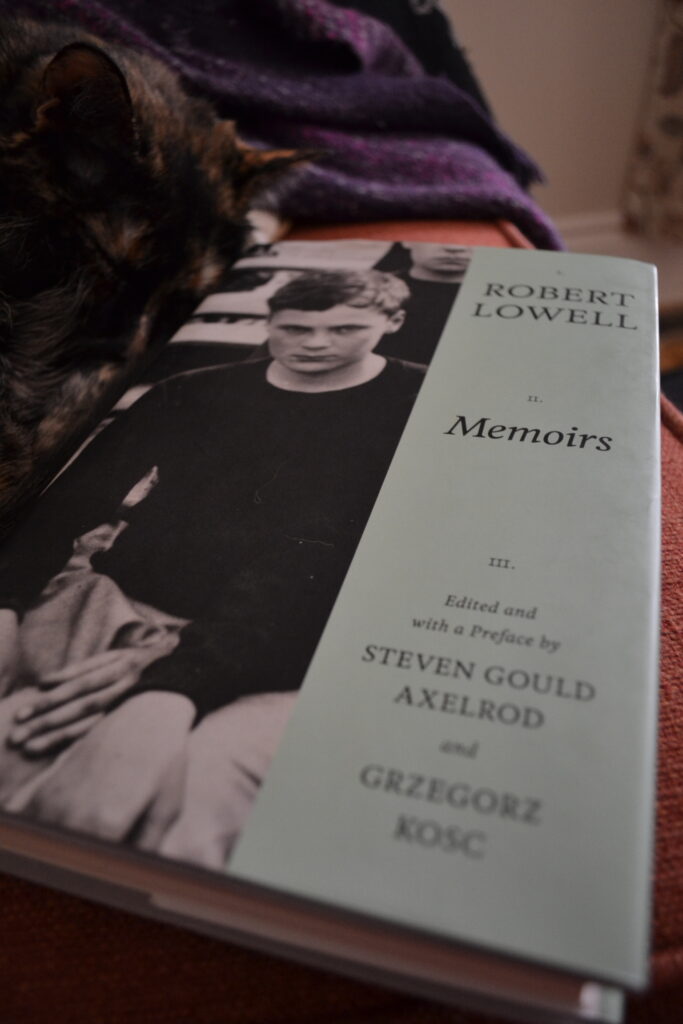
Of Robert Lowell
I can admit that I didn’t much of anything about Robert Lowell before I ordered this book, being drawn towards it via an article in the New Yorker. Though I didn’t know who exactly Lowell was or how he fit into the history of literature, I knew he was a writer and I knew that Memoirs included an autobiographical account of a childhood spent amongst a difficult family and another autobiographical account of mental illness and being in an institution.
Lowell was an influential American poet and writer in the twentieth century, and while he’s perhaps not exactly a well-known name outside of academic and literary circles, Lowell has a lasting influence on modern poets, writers, and scholarship. Reading his writing, especially when he’s writing about other writers, I can see the origins of the writer profiles that you can read in most literary magazines and modern journalism.
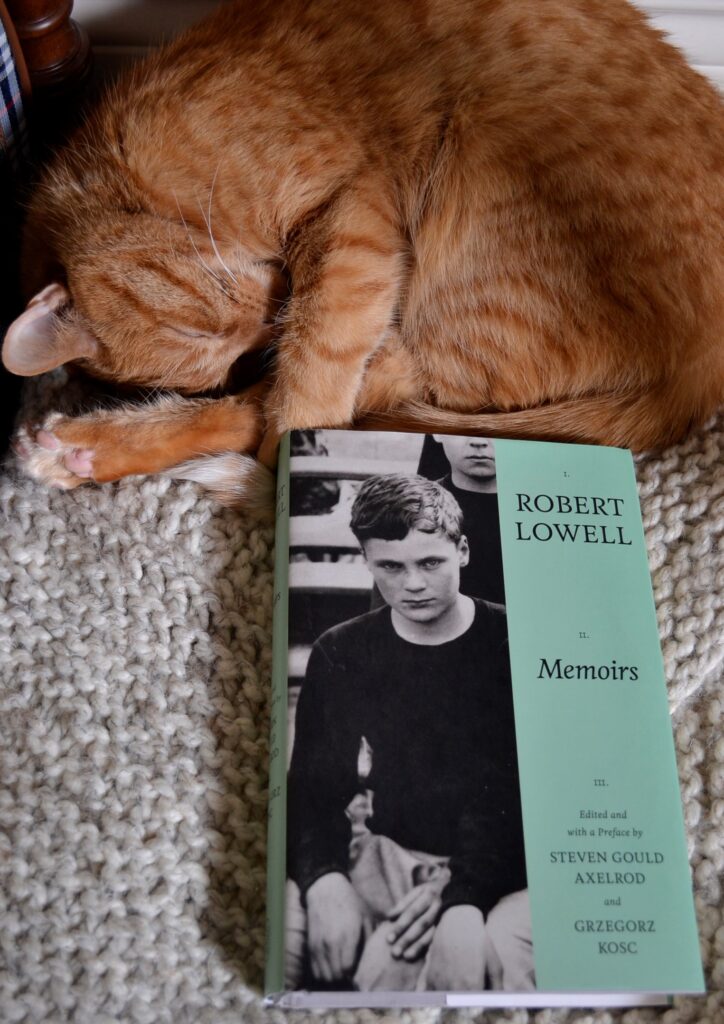
When Notes are a Problem
Most of the time, I really appreciate notes. They can help contextualize a writer’s chosen words and provide information that otherwise the reader might miss. Usually they only help with comprehension and coherence. However, sometimes the notes can present a problem in and of themselves. In this case, they are mostly a distraction and have too much information in them, bordering on the pedantic and just the too minute — describing the various people in the Lowell family and their bloodline, or pointing out disparities in words or phrases over and over again.
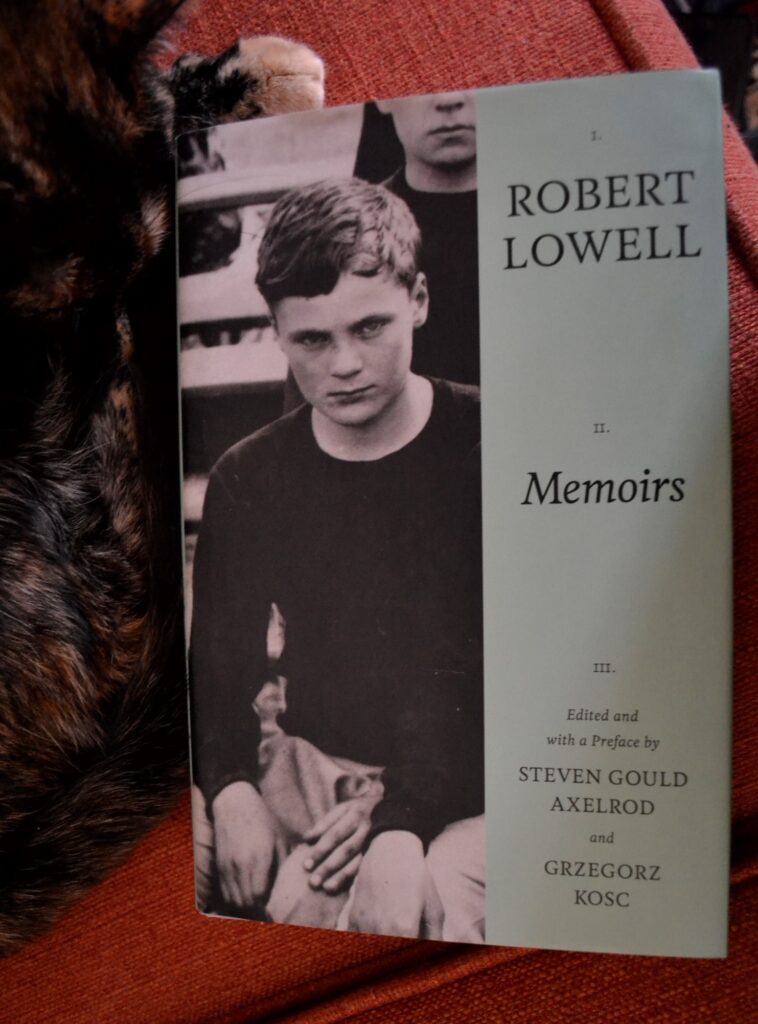
In general, it feels like Lowell’s words are nearly suffocated in notes and therefore don’t have the impact on the reader that they rightly deserve to have. There was so much information in the notes that it made me lose the threads of Lowell’s writing and I had to stop reading them in order to get anything out of the book. It just goes to show that notes need to be culled and edited as much as prose does, and that the results of not doing so can be just as cringey for the reader.
It’s a bit sad to have to critique the notes like this, because they took a lot of time and a lot of careful research to put together. That much is very obvious. It makes it even more painful that I wasn’t able to get much out of them.
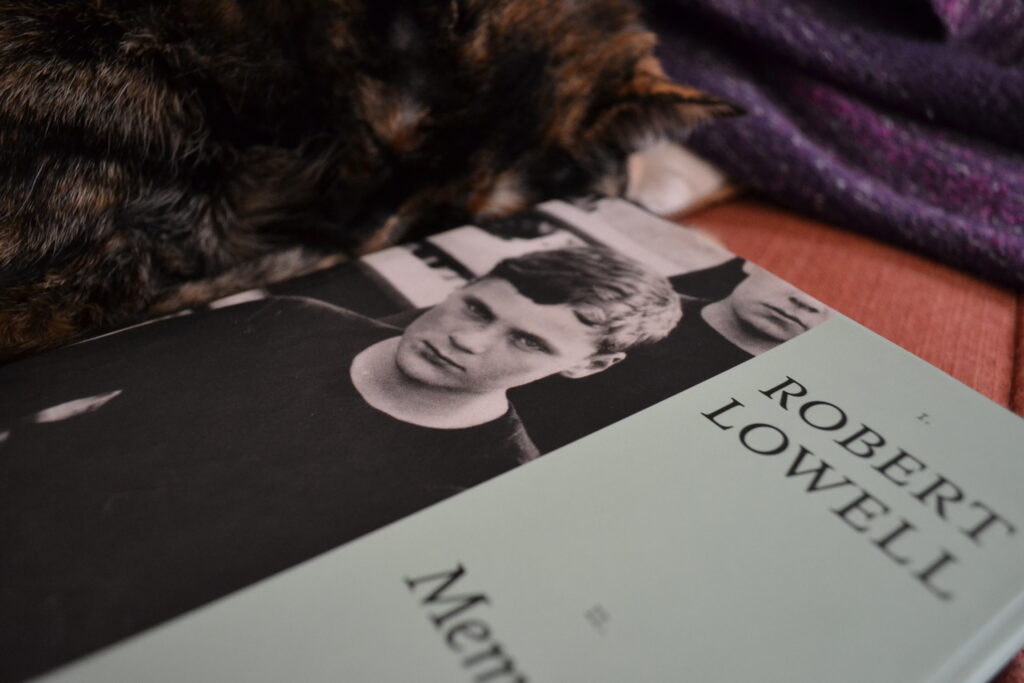
A Limited Perspective
It’s a good idea to be aware that though Lowell talks honestly and skillfully about his childhood in an aristocratic Boston family, his perspective is quite limited. Lowell and his reflections, represent a quintessentially white and privileged view of the world with little consideration for other perspectives. For the time, it wouldn’t be considered anything out of the norm, but as a modern reader it feels both insensitive and constraining — especially when he writes about Sylvia Plath and other female writers or describes other races or other classes.
It’s not a reason to avoid the book, especially if you’re interested in Lowell’s work. It’s just important to put his perspective in context. I researched Lowell’s biography while I was halfway through reading Memoirs, but if I had to do it over again, I would have done the research first and then started reading.
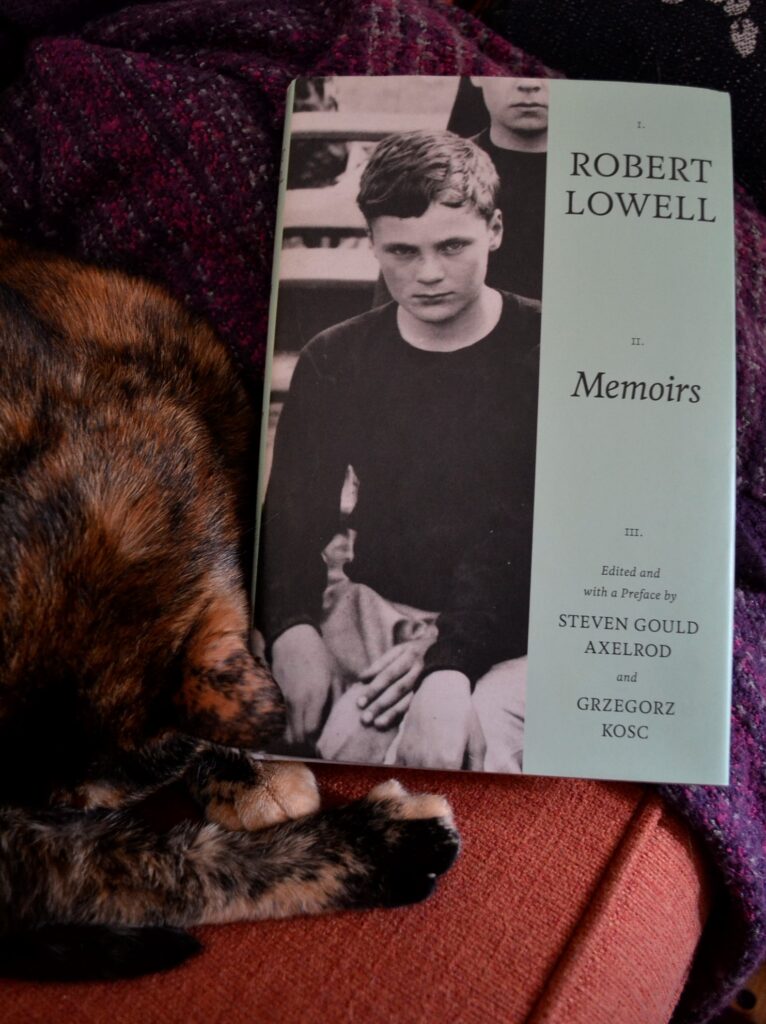
Canadian Culture and the Playoffs
Speaking of the National Film Board and Canadian culture, it’s finally happened. This is the year my lovely spouse and I are finally watching the NHL playoffs. I never thought I could actually sit there and actually be excited to watch any kind of sports, but for some reason hockey is special. Maybe it’s memories of watching the Olympics, or maybe is its place as our national winter sport, but yes, I can watch hours of it, and no, I don’t get as bored as I used to remember getting when I was small and my grandfather watched hockey in the living room.
I now understand why sometimes I would find him asleep on the sofa at midnight when I got up to use the bathroom. Sixty minutes in hockey is seldom less than two and a half hours and, even though you might be tired, it’s the last period and you need to see who’s going to take the lead in the series. Even though my grandfather has been gone for over a decade now, I still feel connected to him as my lovely spouse and I watch the hockey he loved.
